Zendy
Led the design & in-depth problem analysis of Zendy, a knowledge democratization platform.
01 SUMMARY
Zendy’s core mission is to democratize access to academic knowledge. Acknowledging the constraints of diminishing library budgets and the financial barriers faced by students and academics in accessing essential research materials, Zendy offers a comprehensive online library spanning diverse disciplines.
However, the platform experienced significant challenges, including a high bounce rate, low user engagement, and poor subscription conversion. Consequently, the platform struggled to cultivate user loyalty and demonstrated a weak retention rate.
BACKGROUND
Engineering leads and Product manager

02 MY ROLE
Utilizing Hotjar and user interviews, I conducted a platform audit that revealed key navigation and consistency challenges. Working closely with the Product Manager, I translated these insights into a roadmap of improvements and designed features that directly addressed navigational bottlenecks and fostered an intuitive user experience.
Furthermore, I consistently engaged with professors and students at the Sheikh Saud Bin Sakr foundation through regular interviews throughout the platform’s redesign, ultimately aiming to improve user retention and engagement.

03 THE PLAN
PROBLEM STATEMENT
Zendy’s low retention and subscription rates are directly tied to platform usability issues, impeding its ability to effectively deliver academic resources.
WHAT IF
What if Zendy developed a platform with personalized features and superior usability, making academic research effortless for students and academics?
04 DISCOVERY
COMPETITORS ANALYSIS TAKEAWAYS
AI Integration for Research Efficiency: Competitors leverage AI to streamline research workflows, offering features like automated summaries, citation generation, and note-taking assistance.
Personalized Content Recommendations: Competitors enhance user engagement through personalized content recommendations, tailoring the experience based on past searches and interests.
Intuitive Navigation and Advanced Filtering: Competitors prioritize user experience with intuitive navigation and robust sorting/filtering options, enabling users to quickly locate relevant research materials.
USER INTERVIEWS
Eight research students at Sheikh Saud Bin Sakr foundation were interviewed to understand their research workflows and identify their desired features for a scholarly research platform.







HOTJAR TESTING
Hotjar testing was implemented to identify user pain points, visualize user behavior through heatmaps, pinpoint process bottlenecks, and understand platform drop-off and navigation loops.
Article titles are not clickable
User recordings revealed that users instinctively click article topics to open them, indicating a lack of intuitiveness compared to standard research platforms with clickable headings.
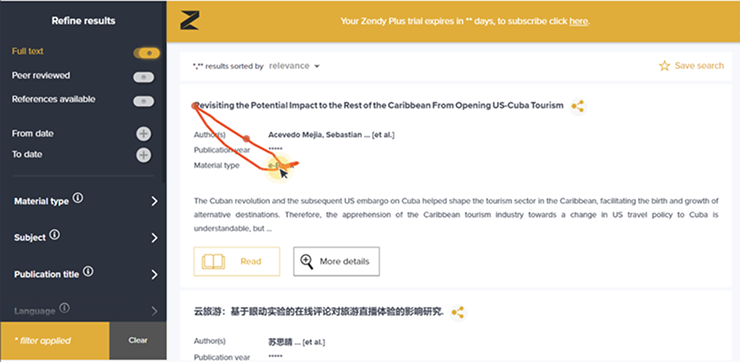

User Flow Mismatch
Forcing users to log in immediately after clicking ‘download’ results in user frustration and abandonment. Users should have the option to preview content before being prompted to log in.


05 SOLUTION
In addition to navigation improvements addressing user pain points, the following features were implemented.
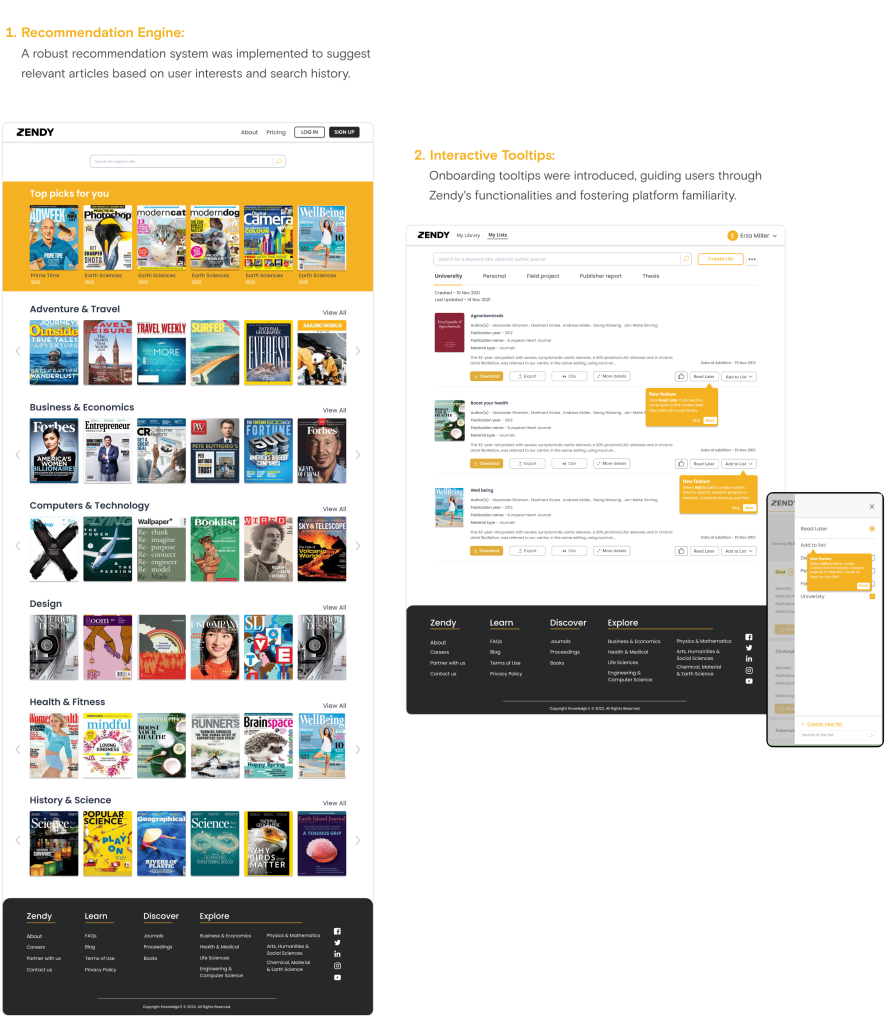
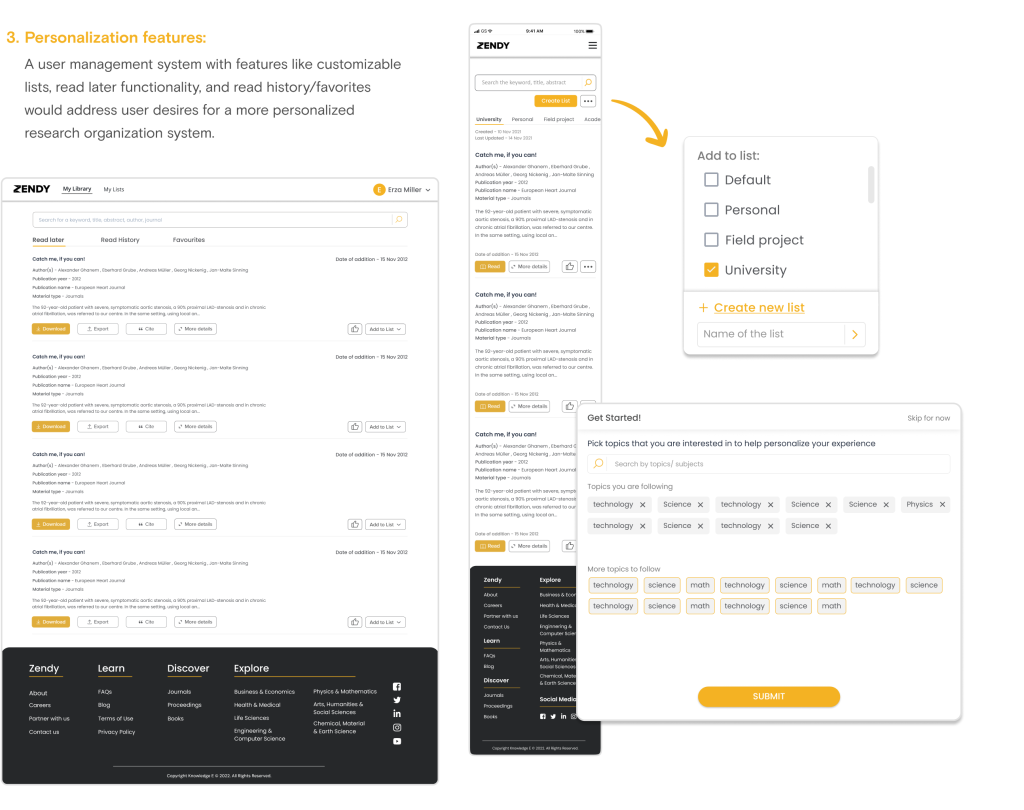
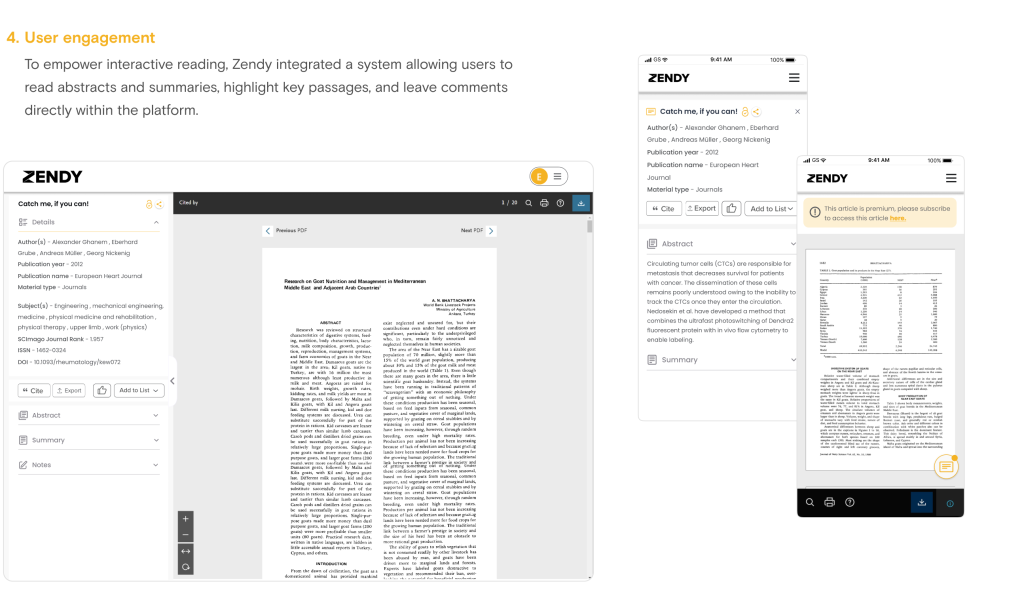
06 NEXT STEPS
We are exploring two new strategic directions for this product vertical: enhancing team collaboration among researchers and prioritizing accessibility for diverse users.
Team Collaboration: Enable users to create teams for shared research, facilitating seamless collaboration and process tracking.
Accessibility Features: Implement features to ensure inclusivity for all users, including adjustable text sizes, screen reader compatibility and colour contrast options.

